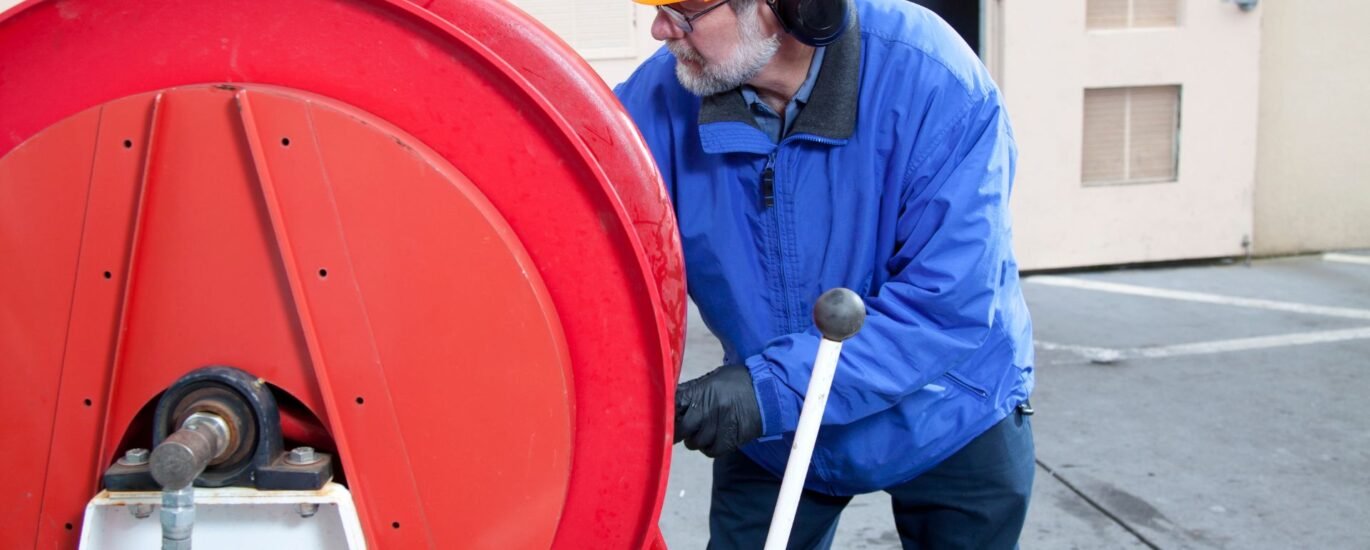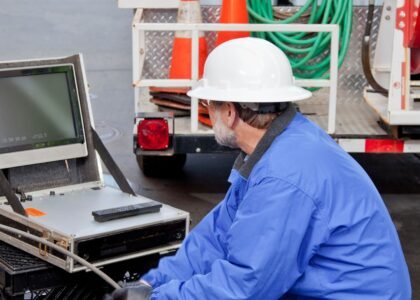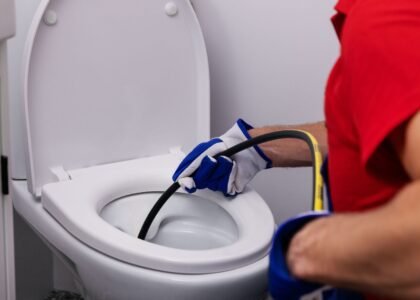Introduction
Hydro jetting is a fantastic solution for serious drain problems — but what about preventing those problems? In this post, we’ll explore maintenance strategies, alternative methods, and how to integrate hydro jetting into a comprehensive plumbing approach. This ties back to Blog 1 (overview) and leads forward to Blog 3 (diagnostics & signs).
Why Preventive Maintenance Matters
Clogs don’t always happen overnight. Over time, grease, scale, debris, and roots accumulate. Preventive care helps:
- Extend the life of your plumbing
- Reduce emergency repairs
- Save cost over time
- Maintain good flow and performance
Best Practices for Drain & Sewer Maintenance
Here are effective, DIY-friendly steps you or your tenants can take:
- Use drain screens or hair catches
- Avoid pouring grease, oil, or fat down the drain
- Run hot water periodically, especially in kitchen drains
- Flush with safe enzymatic cleaners (on low usage drains)
- Schedule periodic inspections and cleanings
- Trim tree roots near sewer lines
- Educate users not to flush non-flushables
These steps reduce buildup and delay when the pipes need serious treatment.
When to Use Alternatives Instead of Hydro Jetting
Hydro jetting is great — but sometimes an alternate method is more suitable. Here are a few:
| Alternative | Good For | Limitations |
|---|---|---|
| Drain snake (mechanical auger) | Simple clogs, near access | Doesn’t clean full pipe, may leave residue |
| Chemical or enzyme cleaners | Mild clogs, preventive use | Can damage pipes, limited power |
| Pipe descaling | Mineral or scale reduction | Less aggressive than full hydro jetting |
| Localized cleaning | Small clogged branch lines | Doesn’t address mainline buildup |
These are often used as first responses or part of layered maintenance, before upgrading to hydro jetting.
When Should You Still Choose Hydro Jetting?
Use hydro jetting when:
- Clogs recur shortly after cleaning
- You detect grease, roots, or sludge
- Multiple drains slow simultaneously
- You want a deep clean before installing new fixtures
- It’s part of a scheduled preventive program
In those cases, hydro jetting becomes not just reactive — but part of a well-planned strategy.
How to Tie Maintenance & Hydro Jetting Together
Think of your plumbing schedule like this:
- Routine checks and small cleaning (snaking, enzyme flush)
- Annual (or semiannual) inspection, including camera survey
- Hydro jetting when buildup is significant
- Post-jetting checks and occasional spot cleans
- Educate occupants & monitor performance
By structuring it this way, hydro jetting becomes a “reset” tool rather than your only tool.
Key Considerations & Tips
- Always inspect before jetting — you don’t want to pressurize damaged pipes.
- Match jetting pressure to pipe material (PVC, cast iron, clay, etc.).
- After cleaning, sometimes apply root inhibitors or protective coatings (where safe).
- Keep records: when, where, what pressure, results.
- Use hydro jetting in high-use areas (commercial kitchens, multi-unit properties) more frequently
- Use camera inspections post-cleaning to confirm success
Whenever you want to move to service, use our Expert Hydro Jetting Services in Monterey, CA or contact us.



